Red Borneo Kratom is a unique strain of the Mitragyna speciosa tree, native to the island of Borneo. This tropical...
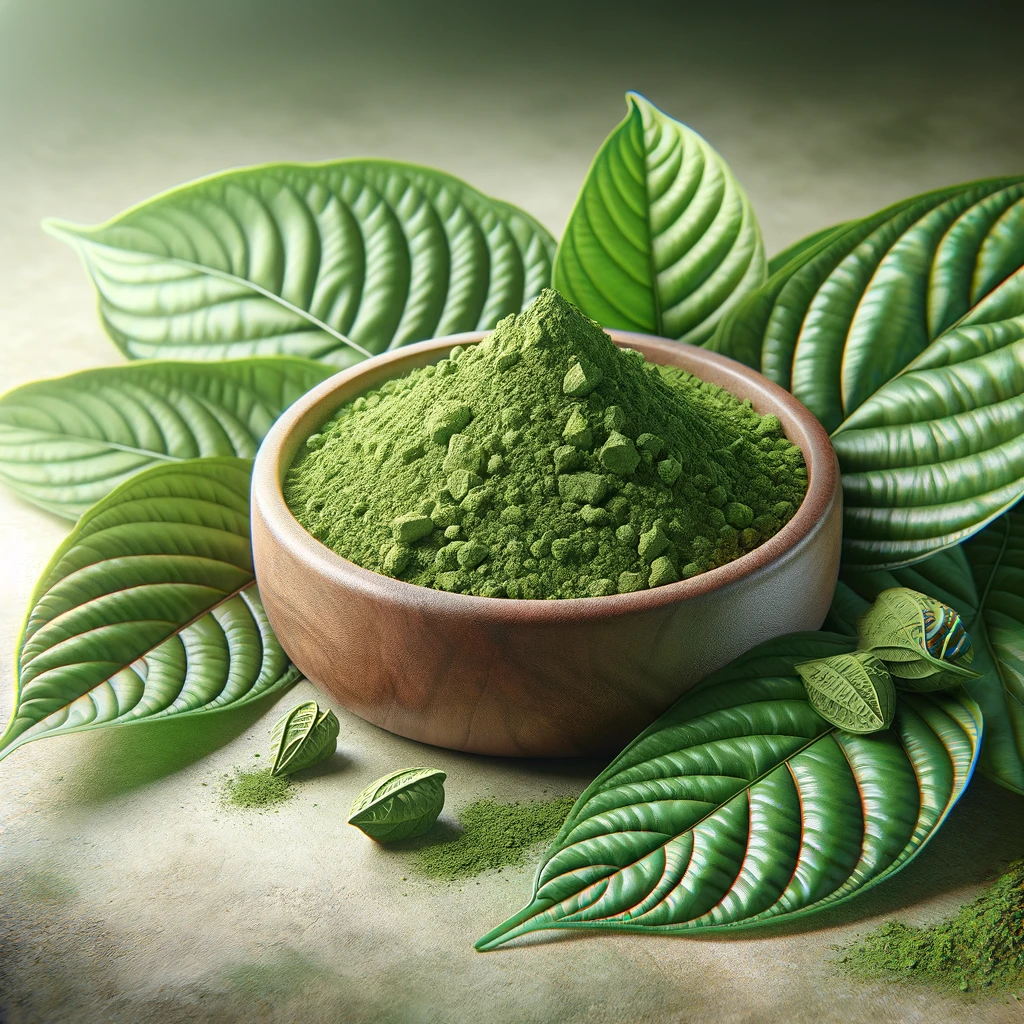
Swift Recovery from a Kratom-Induced Hangover
Table of Contents
-
Understanding Hangovers vs. Withdrawal
-
A Comprehensive Insight into the World of Kratom
-
The Reality of Kratom Hangovers
-
Preventative Measures
-
Effective Remedies for Recovery
-
5.1. Stay Hydrated
-
5.2. Rest and Relaxation
-
5.3. Apply Cold Compresses
5.4. Consume Nutrient-Rich Foods -
5.5. Mild Exercise
-
5.6. Non-prescription Medications
-
Caution Against the "Hair of the Dog" Method
-
Evaluating Problematic Use
-
Discover the Responsible Use of Kratom with Speakeasy Kratom
-
Frequently Asked Questions
-
9.1. Q1: What is the difference between a Kratom hangover and discontinuation symptoms?
-
9.2. Q2: What are some effective remedies for recovering from a Kratom hangover?
-
9.3. Q3: Why is the "hair of the dog" method discouraged for Kratom hangovers?
-
9.4. Q4: What preventative measures can be taken to avoid Kratom hangovers?
-
9.5. Q5: When should someone seek professional help for problematic Kratom usage?
-
9.6. Q6: What are the primary active compounds in Kratom, and how do they contribute to its effects?
-
9.7. Q7: How can the severity of a Kratom hangover vary, and what factors influence it?
-
9.8. Q8: What are some signs that Using Kratom may be becoming problematic or indicative of a substance use disorder?
-
9.9. Q9: What are some potential risks associated with consuming Kratom, particularly at larger amounts or when combined with additional compounds?
-
9.10. Q10: What should someone do if they or someone they know is struggling with problematic Consuming Kratom or experiencing negative impacts on their daily life?
Kratom is a magical plant, derived from the leaves of the Mitragyna speciosa tree native to Southeast Asia, has gained popularity worldwide for its stimulant-like effects at lower doses and sedative properties at higher doses. However, like many substances, excessive use can lead to unpleasant experiences known as hangovers. It's essential to grasp the difference between the aftereffects of excessive Kratom usage and the challenges that can arise when trying to reduce or cease consumption. Additionally, one must be aware of the potential dangers linked to Kratom use and be able to identify indicators of problematic or concerning patterns of intake.
Understanding Hangovers vs. Withdrawal
Hangovers are the body's natural response to the excessive intake of substances, leading to a range of unpleasant symptoms. Many users experience common manifestations of a hangover, such as dehydration, inflammation, severe nausea, and cognitive function issues like irritability and memory lapses. These symptoms typically subside within 24 hours as the substance is metabolized and eliminated from the body.
On the other hand, the challenges that arise from the body's adaptation to and reliance upon a substance are distinct indicators of a substance use disorder. These experiences, though potentially sharing similarities with a hangover's aftereffects, tend to be more intense and enduring, potentially lasting for multiple days or even weeks. Furthermore, this physical dependence can manifest psychological components, such as persistent urges or cravings, anxiety, and disruptions to one's typical mood and emotional state. Understanding the distinction between hangovers and Kratom withdrawal symptoms is crucial, as is recognizing the potential risks associated with Kratom usage and identifying signs of problematic consumption.
A Comprehensive Insight into the World of Kratom
In the world of Kratom, (Mitragyna speciosa) is an herb that has been used traditionally in Southeast Asia for its unique properties. At small doses, it acts as a stimulant, increasing energy levels, sociability, and alertness. However, at high doses, Kratom exhibits sedative and euphoric effects, akin to opioids.
The active compounds in Kratom, primarily mitragynine and 7-hydroxymitragynine, interact with opioid receptors in the brain, contributing to its diverse effects. It's crucial to note that the potency and effects of Kratom can vary depending on the strain, source, and individual biochemistry.
The Reality of Kratom Hangovers
Kratom users report frequently experiencing Kratom hangover symptoms, particularly those who consume large doses or engage in binge-like patterns of use that may approach levels that risk a Kratom overdose. Kratom hangover symptoms share similarities with alcohol-induced hangovers, characterized by symptoms such as headaches, muscle cramps, nausea, mood swings, fatigue, and cognitive impairment.
The severity of a Kratom hangover can vary depending on factors like the Kratom dosage consumed, with higher doses being more likely to cause intense symptoms or potentially lead to dangerous Kratom overdoses. Many Kratom users report experiencing more severe symptoms, including muscle aches, blood pressure changes, tremors, and digestive issues.
Preventative Measures
While hangovers can be unpleasant, there are preventative measures that can help mitigate their occurrence and severity. First and foremost, moderate doses are key. Consuming within recommended doses of Kratom and avoiding excessive or prolonged use can significantly reduce the risk of experiencing a hangover.
Ensuring the purity and quality of the Kratom products is also crucial, as contaminated or adulterated products may contribute to adverse effects. Reputable vendors and third-party testing can help ensure the safety and potency of the Kratom being consumed.
Additionally, some Kratom strains are known to have fewer adverse effects than others. For example, red vein strains are generally considered more sedating and may be associated with fewer hangover-like symptoms compared to white vein or green vein strains, which are more stimulating.
Effective Remedies for Recovery
If a Kratom hangover does occur, several remedies can aid in recovery and alleviate symptoms, which is particularly important for preventing potentially life-threatening Kratom overdoses.
-
Stay Hydrated: Dehydration is a common contributor to hangovers, so it's essential to replenish fluids by drinking water, electrolyte-rich beverages, or broths. Dehydration can also cause the blood to become thicker, requiring the heart to work harder to circulate it through blood vessels. This can lead to experience headaches, increased heart rate, or muscle cramps.
-
Rest and Relaxation: Allowing the body to rest and recover is crucial during a hangover. Engaging in light activities, taking naps, and avoiding strenuous physical or mental exertion can promote healing.
-
Apply Cold Compresses: Placing cold compress or ice packs on the forehead or back of the neck can help alleviate headaches and reduce inflammation.
-
Consume Nutrient-Rich Foods: Eating high protein foods like eggs, lean meats, or smoothies can help replenish nutrients and provide energy. Additionally, foods rich in vitamins and minerals, such as fruits and vegetables, can support the body's recovery process.
-
Mild Exercise: While strenuous exercise should be avoided, light activities like gentle yoga, walking, or stretching can help improve circulation and promote the elimination of toxins from the body.
-
Non-prescription Medications: Non-steroidal anti-inflammatory drugs (NSAIDs) like ibuprofen or naproxen can help reduce inflammation and alleviate headaches and muscle pain associated with a Kratom hangover. However, it's essential to follow dosage recommendations and consult a healthcare professional if symptoms persist or worsen.
It's crucial to note that time and a healthy diet are the ultimate Kratom hangover cure, as they allow the body to metabolize and clear the substance from the system. While these remedies can provide relief, patience and self-care are essential during the recovery process.
Caution Against the "Hair of the Dog" Method
Some individuals may be tempted to consume more Kratom in an attempt to alleviate hangover symptoms, a practice known as the "hair of the dog" method. However, this approach is strongly discouraged, as it can lead to a vicious cycle of substance abuse and potentially exacerbate the symptoms or lead to addiction.
Continuously consuming Kratom to avoid withdrawal or hangover symptoms is a clear indicator of problematic use and should be addressed promptly with the help of healthcare professionals or support groups.
Evaluating Problematic Use
While Kratom can be used responsibly, it's essential to be aware of the potential for abuse and dependence. If Kratom use begins to interfere with personal, professional, or social obligations, or if attempts to reduce or stop use result in Kratom withdrawal, it may indicate a substance use disorder.
Furthermore, the risk of overdose or adverse reactions increases with higher dosages or when combined with other substances, such as alcohol or opioids. Seeking professional help from a qualified healthcare provider or addiction specialist is recommended for those struggling to cease Kratom usage or experiencing negative impacts on their daily lives.
In conclusion, while Kratom hangovers can be unpleasant, they are typically short-lived and can be managed through proper hydration, rest, and self-care. However, it's crucial to be aware of the potential risks associated with Kratom usage, including the possibility of developing a substance use disorder. If you or someone you know is struggling with problematic Kratom usage, seek professional help to address the issue promptly and safely.
Discover the Responsible Use of Kratom with Speakeasy Kratom
Experience Kratom responsibly with Speakeasy Kratom, where we promise the highest quality, all-natural Kratom or your money back. Sourced directly from sustainable farms in Indonesia, our products are the result of enduring partnerships with local farmers, ensuring every leaf brings a piece of its rich heritage to your doorstep. Experience the difference with our carefully curated selection, where quality meets tradition in every package.
Frequently Asked Questions
Q1: What is the difference between a Kratom hangover and discontinuation symptoms?
A: A Kratom hangover refers to the unpleasant physical and cognitive symptoms that can occur after excessive Kratom consumption, such as headaches, nausea, fatigue, and mood swings. These symptoms typically subside within 24 hours as the body metabolizes and eliminates the substance. In contrast, withdrawal symptoms emerge from physical dependence on Kratom and are generally more severe and persistent, indicating a substance use disorder.
Q2: What are some effective remedies for recovering from a Kratom hangover?
A: Effective remedies for recovering from a Kratom hangover include staying hydrated by drinking water, electrolyte-rich beverages, or broths, getting plenty of rest and relaxation, applying cold compresses to alleviate headaches, consuming nutrient-rich foods like high protein meals and fruits/vegetables, engaging in mild exercise like gentle yoga or walking, and taking over the counter medications like ibuprofen or naproxen to reduce inflammation and pain.
Q3: Why is the "hair of the dog" method discouraged for Kratom hangovers?
A: The "hair of the dog" method, which involves consuming more Kratom to alleviate hangover symptoms, is strongly discouraged. This approach can lead to a vicious cycle of substance abuse, potentially exacerbating the symptoms or contributing to addiction. It's essential to allow the body to metabolize and clear the substance rather than continuously consuming it.
Q4: What preventative measures can be taken to avoid Kratom hangovers?
A: Preventative measures to avoid Kratom hangovers include practicing moderation and staying within recommended doses of Kratom, ensuring the purity and quality of the Kratom product by purchasing from reputable vendors or checking for third-party testing, and opting for strains known to have fewer adverse effects, such as red vein varieties.
Q5: When should someone seek professional help for problematic Kratom usage?
A: Someone should seek professional help from a qualified healthcare provider or addiction specialist if their Kratom usage starts to negatively impact their personal life, work responsibilities, or social relationships. Additionally, if attempts to cut down or stop consuming Kratom lead to significant difficulties or challenges, it may be an indication that professional support is needed. Seeking help is also advisable if usage of Kratom is causing adverse reactions, overdoses, or substantially interfering with one's ability to function effectively in daily life activities. If Kratom consumption feels out of control or is causing harm, reaching out to professionals can provide guidance and appropriate interventions.
Q6: What are the primary active compounds in Kratom, and how do they contribute to its effects?
A: The primary active compounds in Kratom are mitragynine and 7-hydroxymitragynine. These compounds interact with opioid receptors in the brain, contributing to Kratom's diverse effects. At smaller amounts, Kratom acts as a stimulant, increasing energy levels, sociability, and alertness. However, at larger amounts, it exhibits sedative and euphoric effects similar to opioids. The potency and effects of Kratom can vary depending on factors such as the strain, source, and individual biochemistry.
Q7: How can the severity of a Kratom hangover vary, and what factors influence it?
A: The severity of a Kratom hangover can vary depending on several factors, with the dosage being a significant contributor. larger amounts of Kratom are more likely to cause intense symptoms or potentially lead to dangerous Kratom overdoses. Some users indicate experiencing severe symptoms such as muscle pain, blood pressure changes, tremors, and digestive issues. Other factors that can influence the severity of a Kratom hangover include the strain of Kratom consumed, individual tolerance levels, and the presence of any contaminants or adulterants in the product.
Q8: What are some signs that Using Kratom may be becoming problematic or indicative of a substance use disorder?
A: The problematic of using Kratom or a substance use disorder may be indicated by several signs. If using Kratom begins to interfere with personal, professional, or social obligations, it may be a cause for concern. Additionally, it can be a clear indicator of physical dependence. Other signs may include a preoccupation with obtaining and consuming Kratom, continued use despite negative consequences, and an inability to control or moderate consumption. If it’s causing significant distress or impairment in daily functioning, it is important to seek professional help.
Q9: What are some potential risks associated with consuming Kratom, particularly at larger amounts or when combined with additional compounds?
A: Consuming Kratom, especially at larger amounts or when combined with additional compounds, can pose several risks. The risk of overdose or adverse reactions increases with higher dosages, as the potency of Kratom can vary significantly. Combining Kratom with additional compounds, such as alcohol or opioids, can also heighten the risk of dangerous interactions and potentially life-threatening complications. Consuming Kratom can also lead to the development of physical dependence, which can be challenging to overcome without professional support. Long-term or excessive consuming Kratom may also have negative impacts on mental and physical health, including mood disturbances, cognitive impairment, and gastrointestinal issues.
Q10: What should someone do if they or someone they know is struggling with problematic Consuming Kratom or experiencing negative impacts on their daily life?
A: If someone is struggling with problematic consuming Kratom or experiencing negative impacts on their daily life, it is crucial to seek professional help from a qualified healthcare provider or addiction specialist. Trying to address the issue alone can be challenging and potentially dangerous, especially if physical dependence is present. Professional support can provide a safe and structured environment for detox, as well as ongoing therapy and resources to address the underlying factors contributing to problematic use. Seeking help early can prevent the escalation of problems and improve the chances of successful recovery. It is important to remember that there is no shame in seeking help, and that recovery is possible with the right support and resources.

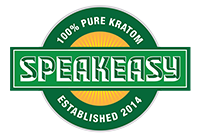

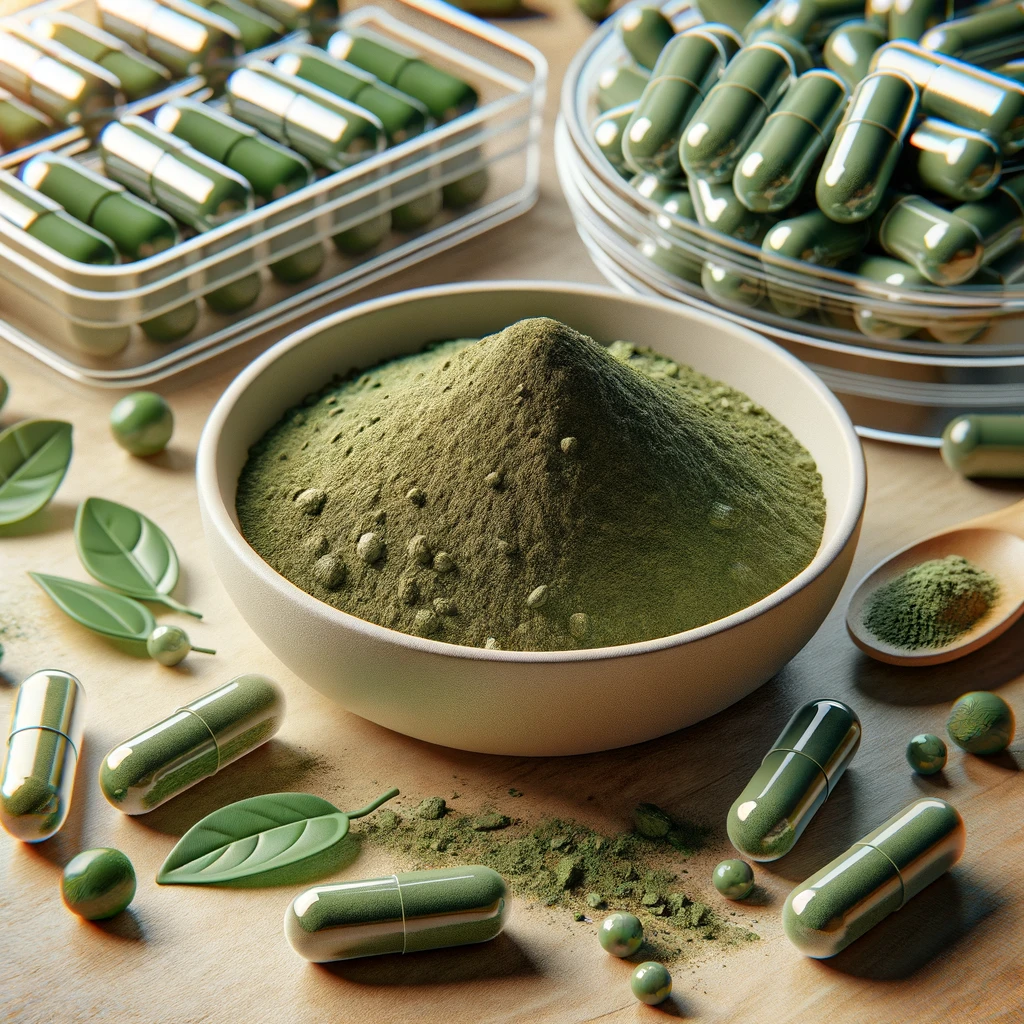



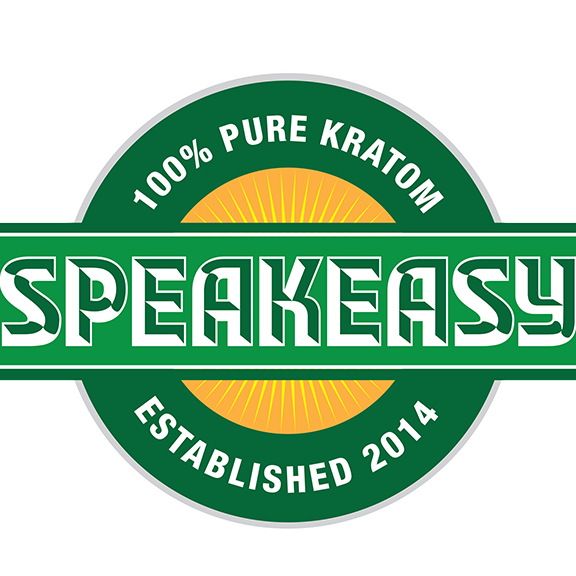
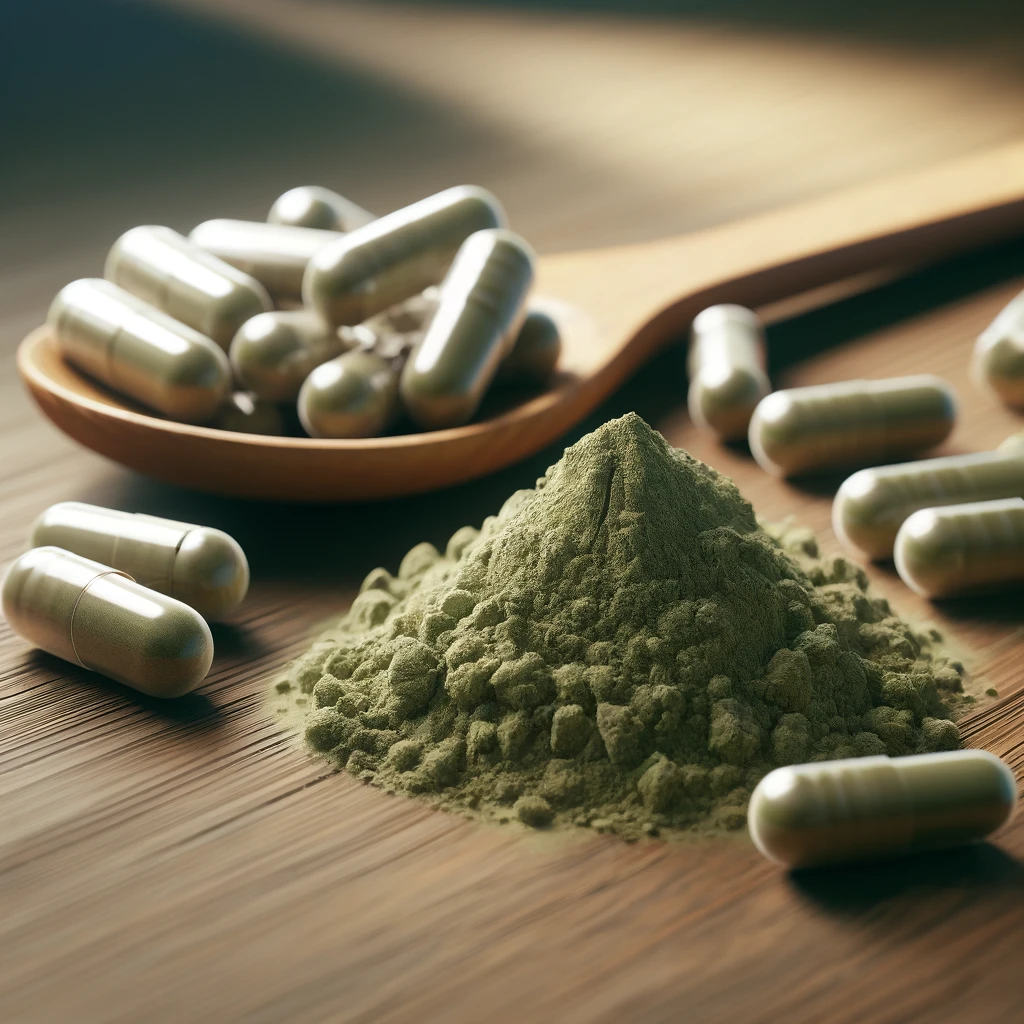


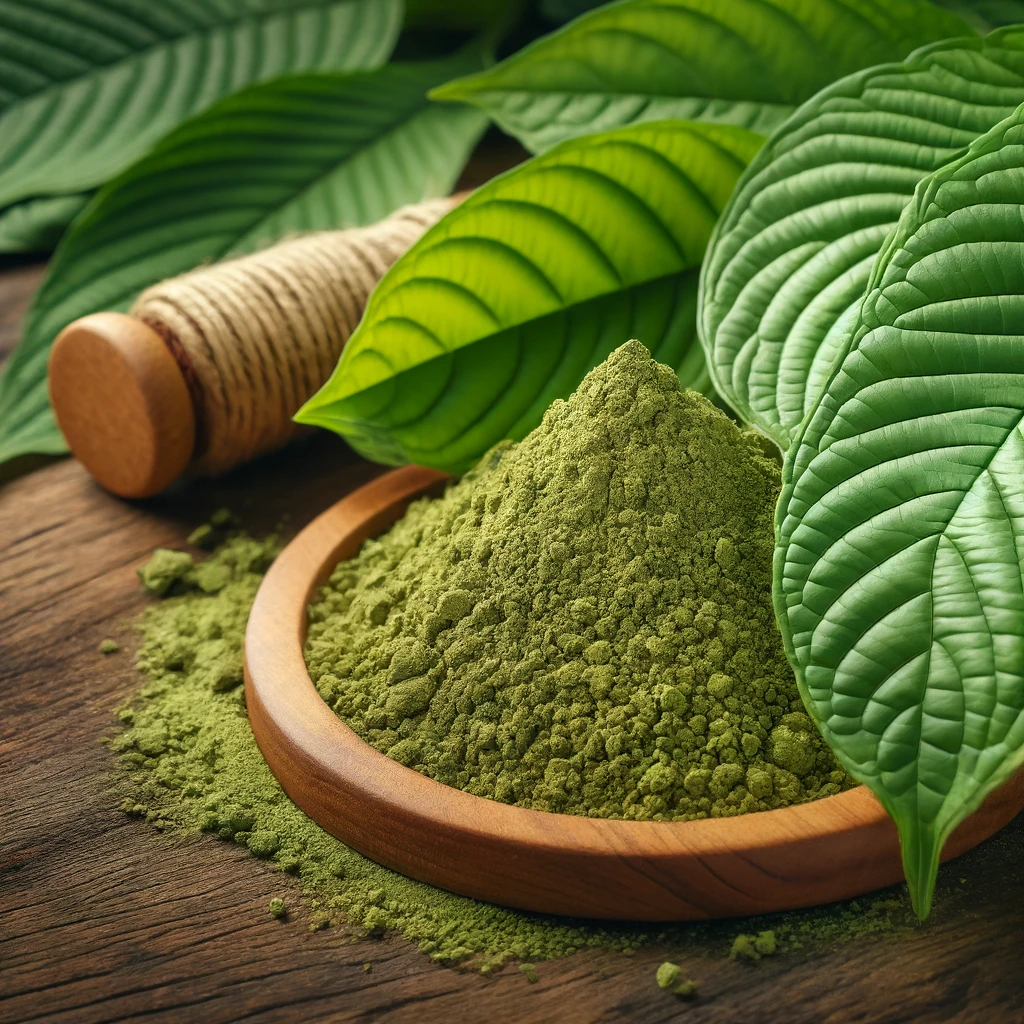
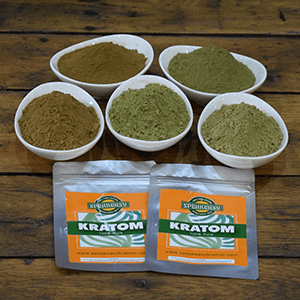

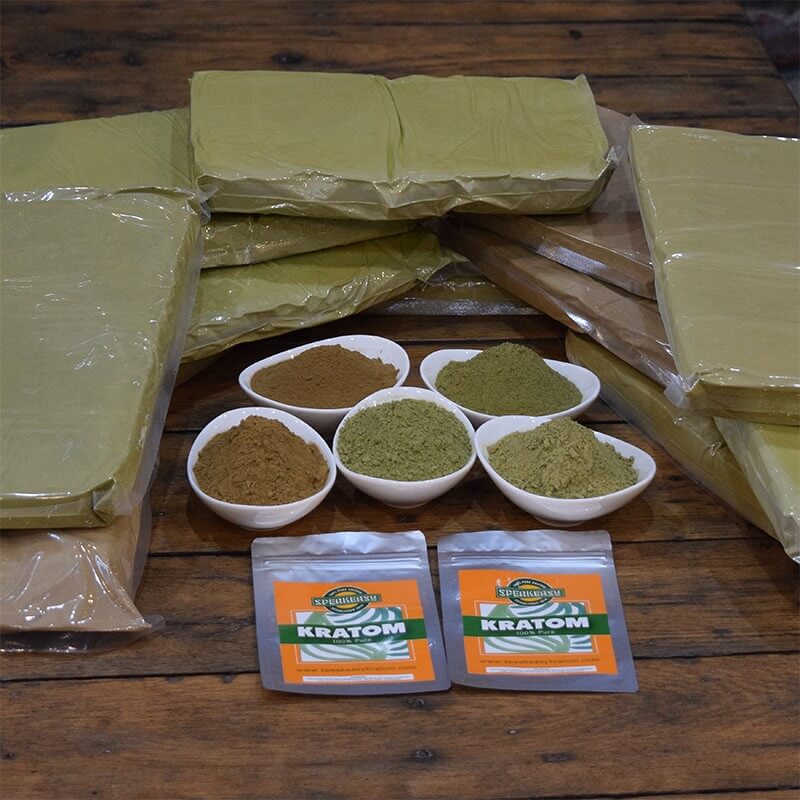
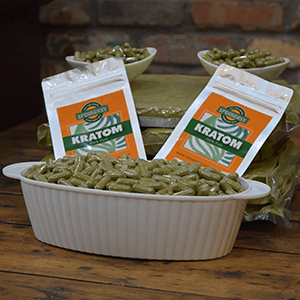
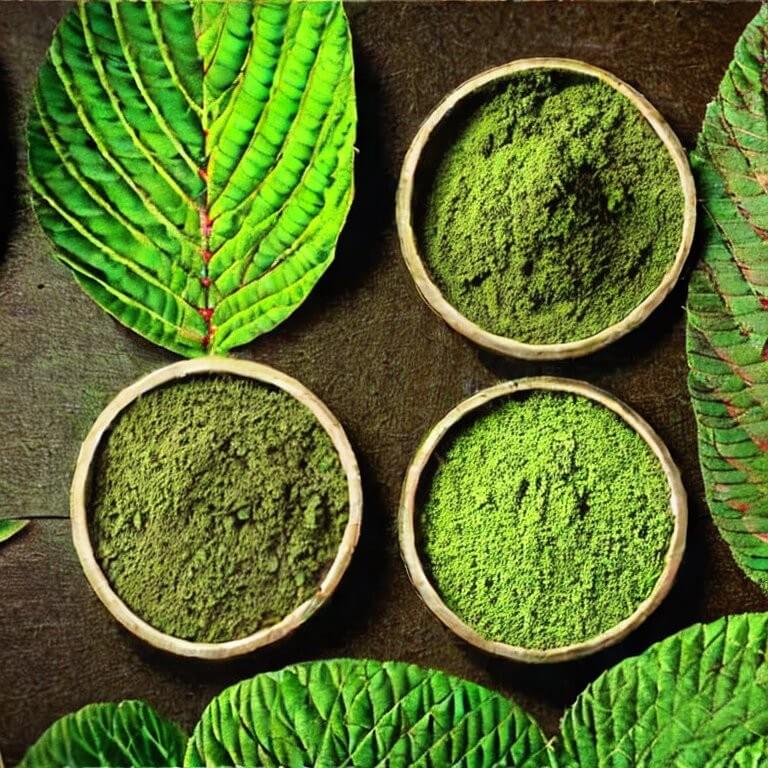
Leave a comment